How to draft proof a basement and reduce your energy bills by 25%
Plus, the common mistakes HVAC pros always avoid


Basements are notorious for letting in cold air, leading to higher heating costs. Draft-proofing your basement is a vital step toward creating a comfortable, energy-efficient home.
Our HVAC experts reveal exactly how to draft proof a basement – and the common mistakes to avoid. By sealing gaps and improving insulation, you can transform your basement into a cozy, functional space.
Knowing how to run and clean your HVAC system, as well as how to draft proof your basement, is key to managing your home climate efficiently.
Why you should always draft proof a basement

Drafts in a basement can make the space chilly and increase energy bills by forcing your heating system to work harder. Draft-proofing not only saves money but also keeps a basement warm, preventing cold air from seeping into other parts of your home. It’s an essential step for enhancing comfort, reducing you home's carbon footprint and is a key way to be more sustainable at home.
Josh Mitchell, HVAC technician and founder of Air Conditioner Lab, says, 'Basements are prone to drafts because they often have older windows, gaps around pipes and ducts, and unfinished walls. These drafts can increase heating and cooling costs by up to 25%, making the floors above feel colder.'
Steve Pacholski, brand president of HVAC experts Varsity Zone adds, 'There’s also the issue of moisture that can come along with those drafts, and over time, that can lead to bigger problems like mold or damage to the structure.'
How to draft proof a basement

Effective draft-proofing begins with identifying problem areas, such as cracks in the foundation, gaps around windows, or air leaks around pipes and other utilities.
Pacholski says, 'If you’re tackling this, start by checking your windows and doors. If you feel a draft, you’ll want to seal it up. If you’re unsure where the drafts are coming from, try the candle test. Light a candle and move it slowly around windows, doors, and other suspected areas. If the flame flickers, you’ve found a spot that needs sealing.
'Weatherstripping around windows is a good first step, and using caulk to fill in any cracks can help a lot. For older windows, it might be worth looking into replacements with modern, energy-efficient options, especially if the drafts are severe.
'When it comes to doors, a door sweep at the bottom and some weatherstripping around the frame can block out most of the cold air. Any cracks you find on the walls or floor should be sealed. Smaller gaps can be handled with silicone caulk or expanding foam. Larger ones may need something stronger like a concrete filler.'
This multi-use GE Silicone All Purpose Caulk from Lowe's is great for sealing around basement windows and doors, while this M-D White Vinyl/Foam Door Weatherstrip, also from Lowe's, is flexible and easy to install – you can even cut it with scissors.
Pacholski continues, 'Finally, don’t forget about the ducts and vents – these are often overlooked but can let in cold air if they aren’t sealed properly. Using foil tape or a good sealant can help here.'
It's important to note the vents themselves should not be sealed up as they may leave your basement at increased risk of mold. Learn how often should air ducts be cleaned.
Mitchell adds, 'Spray foam insulation also works well for gaps around pipes and ducts because it expands to fill irregular spaces. Another common source of drafts is the rim joist – the area where the walls meet the floor joists. Seal it with rigid foam insulation and caulk.
'Foam board insulation on walls and insulated subfloor panels can make a big difference for unfinished basements. Adding a dehumidifier is also helpful to reduce moisture and maintain balanced indoor conditions.'
We've shared some of our top dehumidifiers below. First, there are things you need to know before buying a dehumidifier.
Prices correct at time of publication.

If your basement is relatively small, save your money and buy a compact, affordable unit like this 30-oz CLEVAST dehumidifier. It's quiet, energy-efficient, and will automatically shut off when the water tank is full, preventing any risk of overflow.
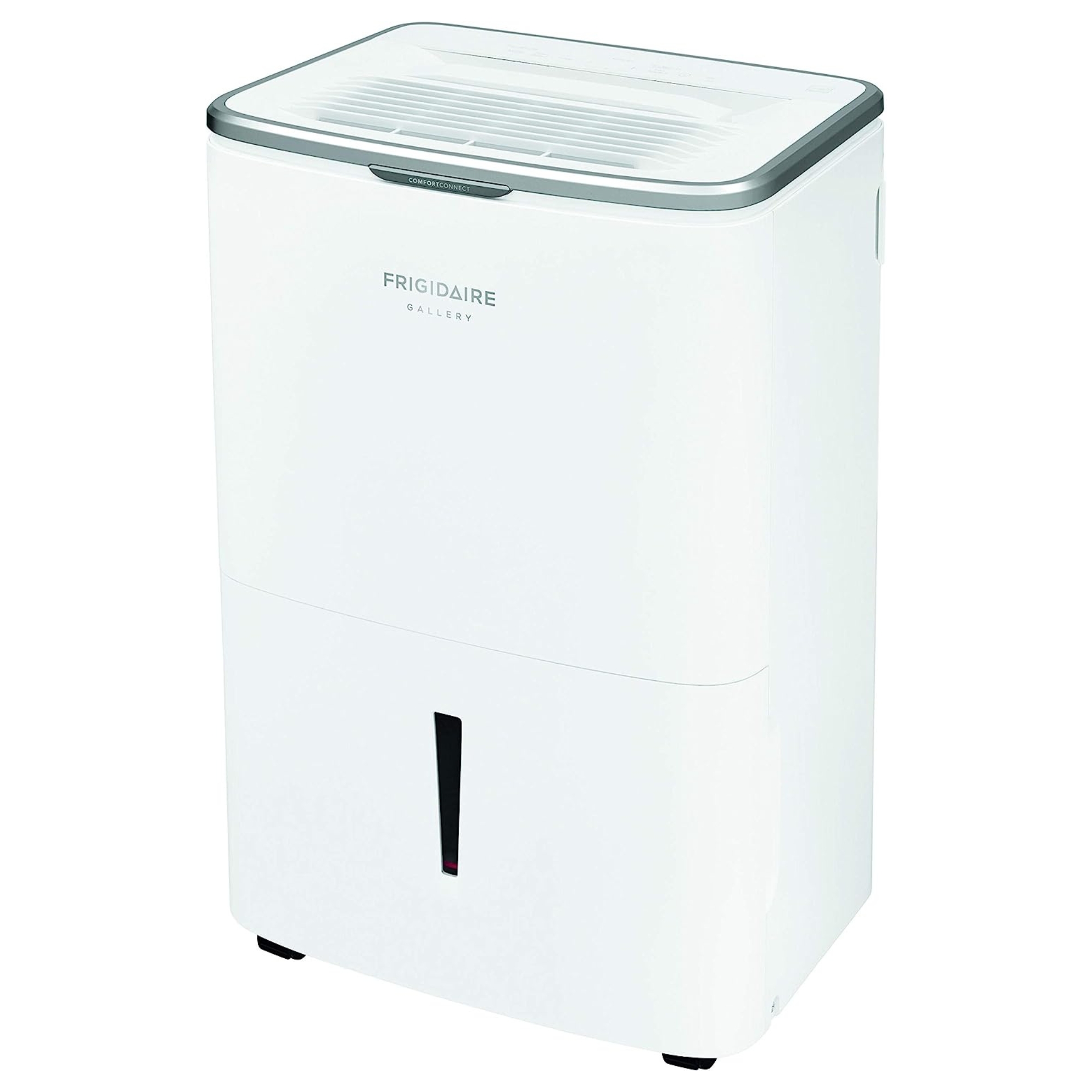
This full-package dehumidifier does a super job of removing moisture from the air. It has an easy-to-clean, washable dust filter with an alert when it's time to clean. Plus, its huge 50-pint capacity and continuous drain option can be controlled via WiFi.

For a large basement, this dehumidifier from Poyank has you covered. Its 70-pint tank can cover a whopping 4,500 square feet. Simple and easy to use, with smart screen and touch control, it can also be set up for automatic drainage (hoses provided).
What to avoid when draft proofing a basement

Add rugs to your basement floor for an easy extra layer of insulation
From blocking ventilation openings to using low-grade sealants, there are certain errors that our HVAC experts frequently encounter in house basements.
Francisco Fuenmayor, a home improvement expert at LocalProBook, says, 'Avoid using cheap, temporary solutions like plastic wrap over windows. Not only can it look unattractive, but it doesn't provide long-term benefits. Also, don’t overdo the insulation. Too much insulation can create a sealed environment that causes other issues like condensation.'
For more tips, delve into our smart and easy basement insulation ideas.
Pacholski says, 'It’s important not to block vents or exhausts, as basements need proper airflow to avoid moisture buildup. Also, it’s worth investing in decent materials for sealing – cheaper weatherstripping or caulk might seem like a quick fix, but they don’t last and will likely need replacing in the long run.'
Check out our expert guide to whether you should close vents in unused rooms. and ways to avoid mold growing on your air vents. If you do find mold on your air vents, clean them immediately. You can use a 50/50 vinegar solution spray or soak (leave for an hour).
Pacholski adds, 'Finally, remember that sealing won’t do much good if your basement isn’t properly insulated. Insulation plays a big role in keeping the space warm.'
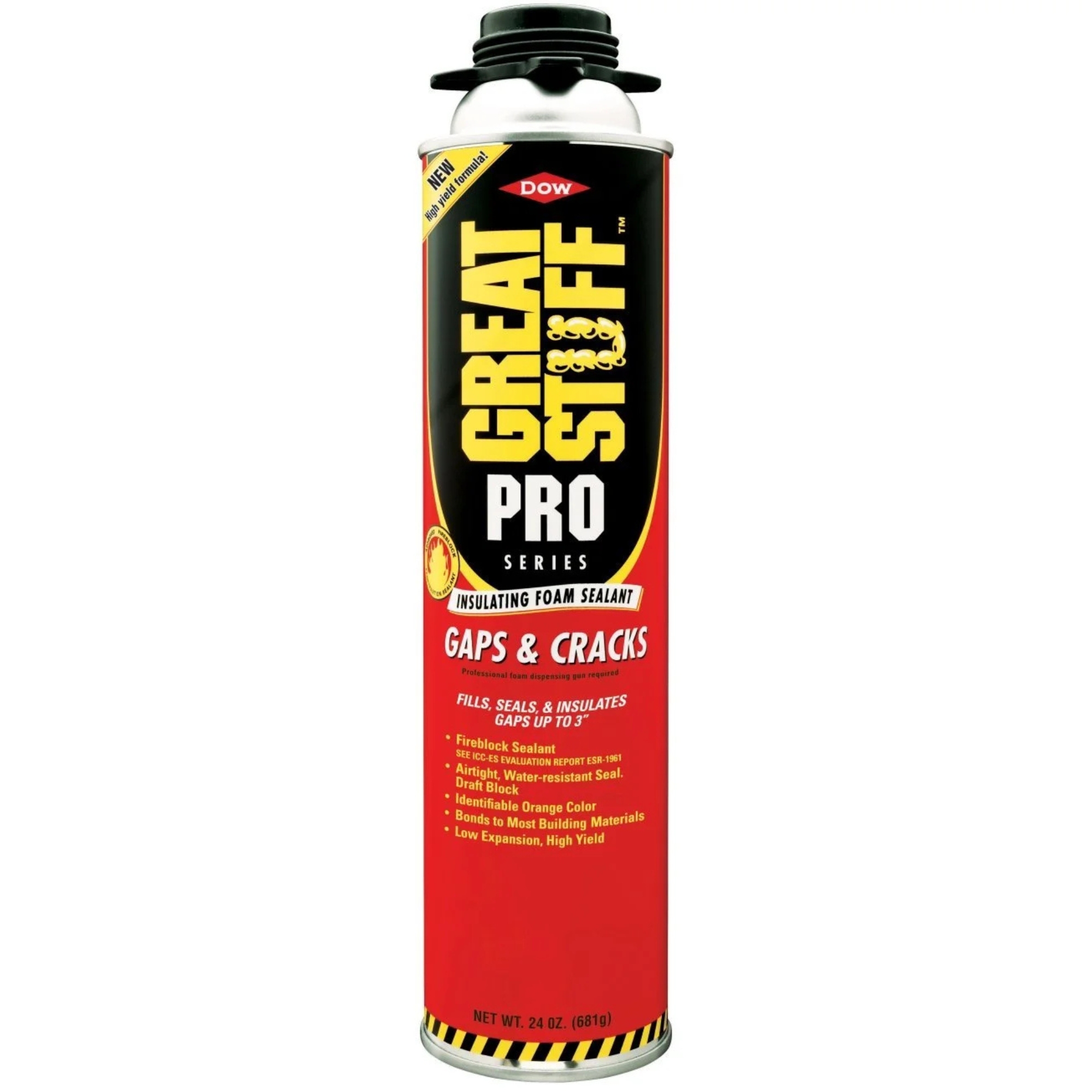
Our experts highly recommend this high-quality sealant, which also comes with great online customer reviews. Preventing drafts and water infiltration, this is ideal for hard-to-reach areas, keeping basements warm in winter and cool in summer. Mitchell says, 'It's user-friendly, cost effective and great for DIY projects.'
Top products for draft proofing a basement
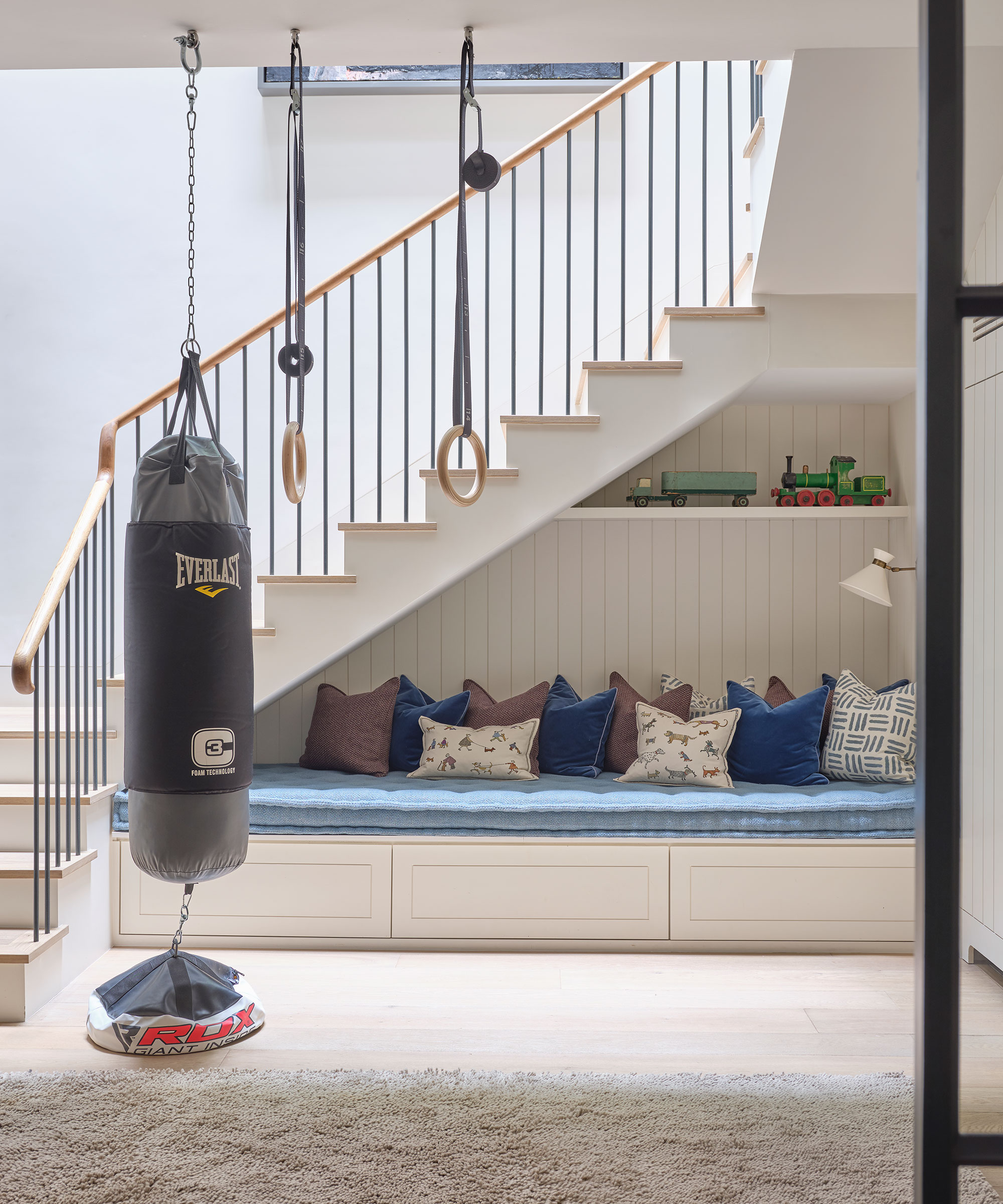
High-quality products like foam sealants, weatherproofing strips, and caulking compounds are essential for sealing gaps.
Mitchell recommends this Duck MAX Strength Heavy Duty Insulating Film Window Kit from Amazon. He says, 'This heavy-duty insulating film is perfect for sealing basement windows. It blocks drafts and heat loss effectively, helping reduce energy bills by up to 20%. It’s also easy to install and remove without damaging your windows.'
Pacholski loves Frost King Clear Plastic Weatherseal Tape, available from Amazon, which is completely waterproof and can withstand extremes of heat and cold. It has a special adhesive system effective even at -10 degrees Fahrenheit. He says, 'It's affordable, easy to use, and does a great job of sealing gaps around windows and doors.'
Fuenmayor recommends this AGHITG Window Insulation for Winter from Amazon. He says, 'Specifically designed for basement windows, these insulated window coverings are ideal for reducing drafts and keeping the temperature regulated. The custom fit helps eliminate heat loss while also reducing noise.'
For larger insulation projects, rigid foam boards or spray foam insulation can be highly effective. You can find our pro recommendations below.
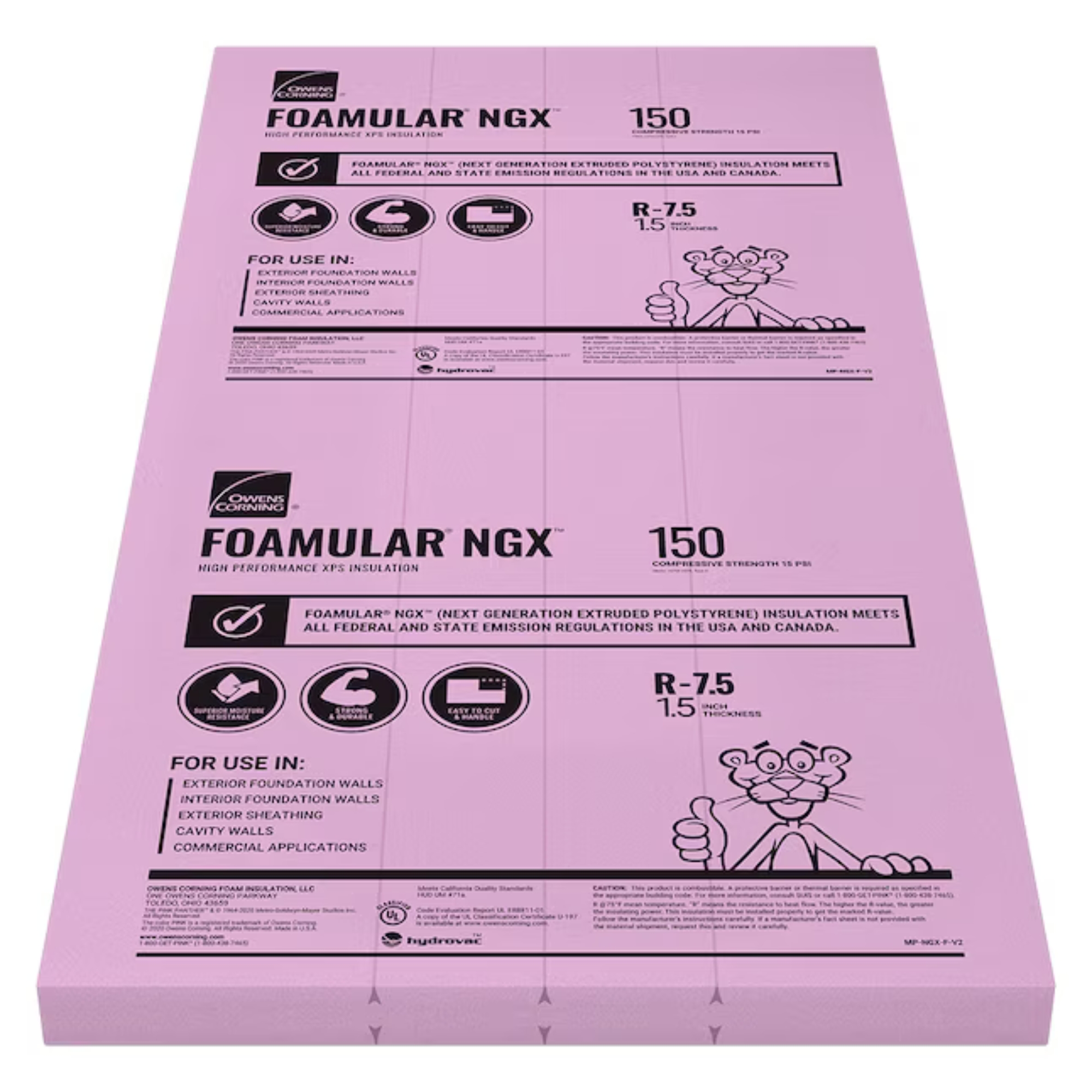
Our experts love this popular insulation board, which comes with a lifetime warranty. Mitchell says, 'This is a solid choice. It’s moisture-resistant, easy to install, and has various thicknesses for different needs.' With its high R-value (how well it stops heat passing through), it helps your basement maintain a comfortable temperature year-round.
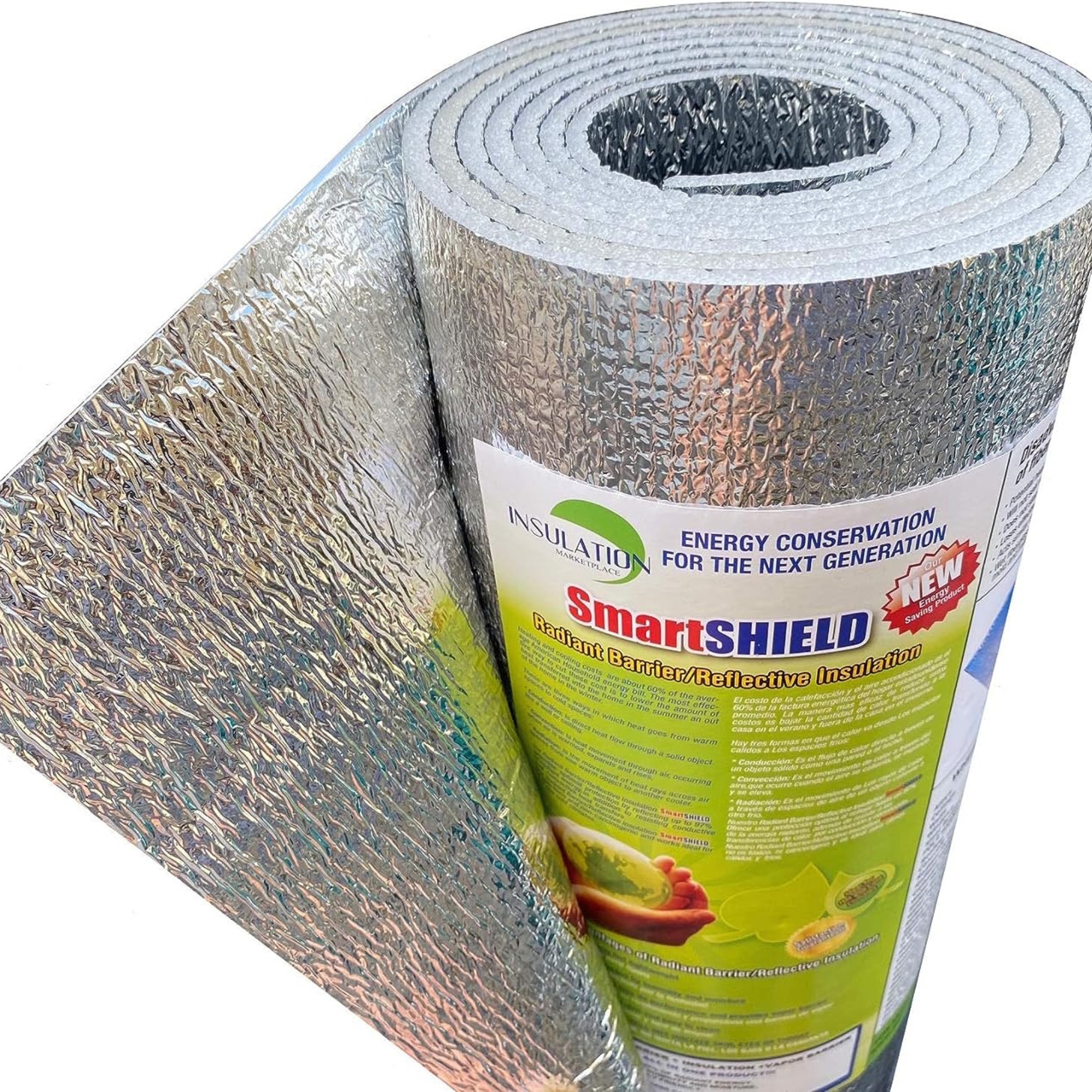
This high-quality heat barrier foil reflects 95% of radiant energy. Strong but lightweight, the foil is easy to cut, install and clean. Closed-cell polyethylene is sandwiched between highly-reflective engineered foil on both sides, creating excellent insulation and soundproofing. Unaffected by humidity and moisture, this non-toxic material can be used safely in your basement.
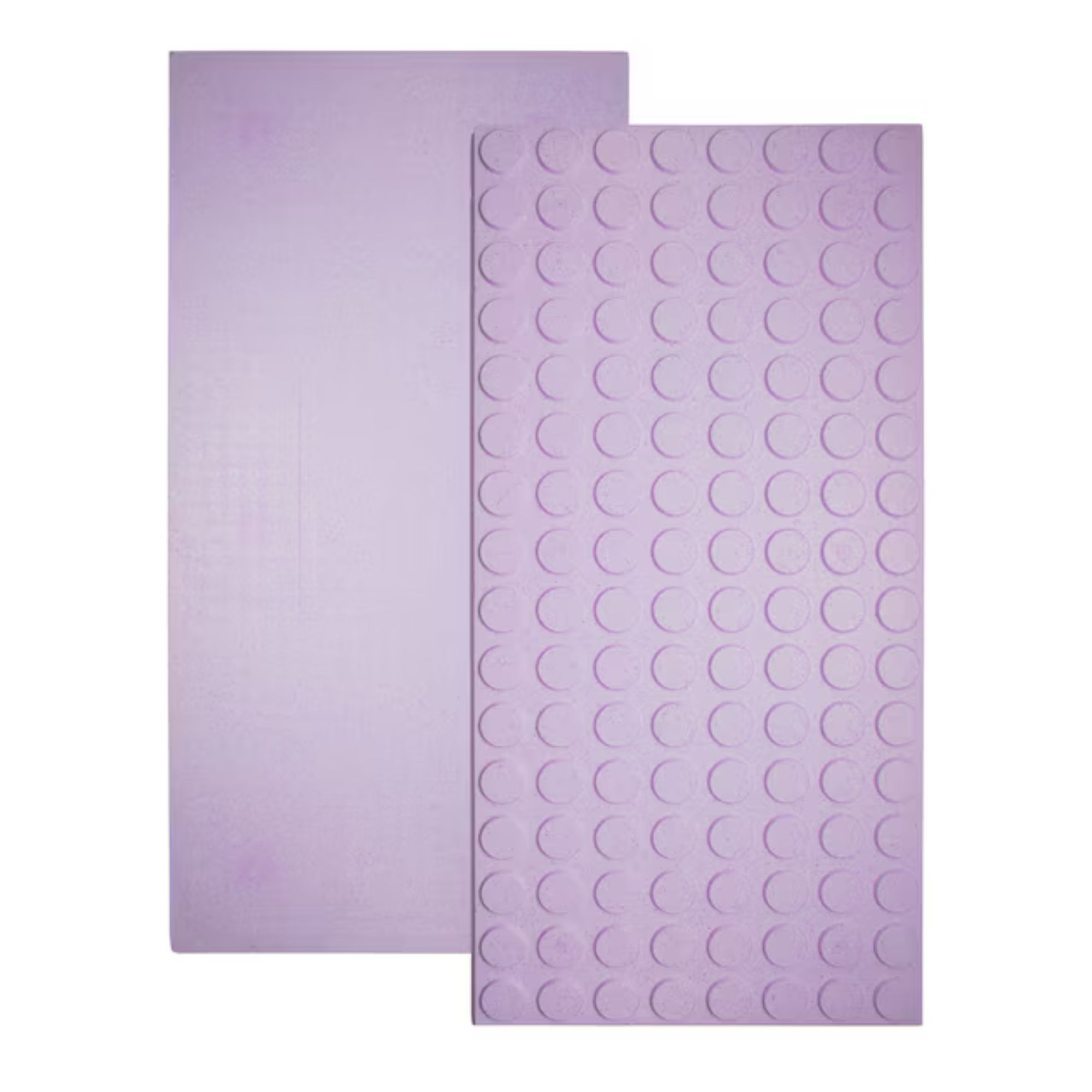
High quality and easy to install, our experts love these easy-to-install panels, that weigh only two pounds and can be easily cut with a knife. Mitchell says, 'DRICORE Insulated Subfloor Panels are great because they’re moisture-resistant and easy to install. They provide good insulation and can handle high-traffic areas.'
FAQs
How can I tell if my basement has drafts?
Check for drafts by feeling for cold air near windows, doors, and foundation cracks.
Mitchell says, 'Look for signs like cold spots, high humidity, or visible gaps around windows and pipes. You can use an infrared thermometer [available at Amazon] to detect temperature differences or a smoke stick to identify air movement.'
A simple candle test – holding a lit candle near suspected gaps – can also reveal air movement.
Do I need special insulation for basements?
Yes, use insulation designed for below-grade applications, like rigid foam boards, to prevent moisture damage. Avoid fiberglass in areas prone to dampness, as it can trap water and encourage mold growth.
Delve into the pros and cons of insulating a basement ceiling in our dedicated guide.
Can I draft proof my basement myself?
Yes, most draft-proofing tasks are an essential DIY skill and with affordable tools, like caulking guns and weatherstripping, it's straightforward to do yourself.
Mitchell says, 'Sealing windows and using spray foam for gaps are DIY-friendly tasks. However, more complex fixes like insulating the rim joist or sub-floor may require professional help.'
How often should I check my basement for drafts?
It’s a good idea to inspect your basement for drafts annually, especially before winter. Regular maintenance ensures gaps don’t worsen over time and keeps your home energy-efficient.
Check out our top tips for how to ventilate a basement.
Will draft proofing reduce moisture issues?
Draft proofing can help by sealing gaps that let in humid air, but it’s not a complete solution. Address underlying moisture problems, such as poor drainage or fix basement leaks, before sealing the basement.
Mitchell adds, 'Sealing drafts does help block humid air from entering the space, reducing condensation and the risk of mold. Pair this with a dehumidifier for better results.'
So there you have it, how to draft proof a basement like the pros. Draft proofing a basement improves energy efficiency, enhances comfort, and prevents drafts from affecting the rest of your home. With proper tools and techniques, you can create a warm, draft-free space without increasing the risk of mold. These are just some of the reasons you should also draft proof your garage.
Next, learn about the things people with nice-smelling basements always do.
Sign up to the Homes & Gardens newsletter
Design expertise in your inbox – from inspiring decorating ideas and beautiful celebrity homes to practical gardening advice and shopping round-ups.

With more than a decade of experience writing news, lifestyle, consumer, and human interest articles for a wide range of national and international publications, Andy is a highly-qualified journalist writing features for the national press. From front porch to backyard, attic to basement, Andy has written about every area of the home. He specialises in bringing together the best industry expertise to answer all of your most pressing home and garden questions about seasonal and everyday cleaning, decluttering, organizing and DIY.
-
 What is your birth month herb? Discover the symbolic meaning behind yours
What is your birth month herb? Discover the symbolic meaning behind yoursHerbs offer symbolic wisdom, and play to the natural rhythms of the season
By Lola Houlton
-
 Diane Keaton uses glass cabinets to cleverly introduce color to her white kitchen – it's one of the most inventive decorating techniques I've ever seen
Diane Keaton uses glass cabinets to cleverly introduce color to her white kitchen – it's one of the most inventive decorating techniques I've ever seenThe actress intelligently uses rainbow-colored accessories for a Mexican-inspired twist on her classic Californian kitchen – I'm following suit in my tiny home
By Megan Slack
-
 5 surprisingly practical ways to re-purpose old bed sheets for cleaning, decluttering and storage at home
5 surprisingly practical ways to re-purpose old bed sheets for cleaning, decluttering and storage at homeDon't ditch worn-out bedding – there's life in them yet
By Natasha Brinsmead
-
 Do you need to turn the lights off when you leave a room? Experts have ended this time-honored debate once and for all
Do you need to turn the lights off when you leave a room? Experts have ended this time-honored debate once and for allOn or off? We delve into the details of this age-old dispute
By Chiana Dickson
-
 I tried the baking soda trick to quickly and naturally clean my outdoor rug – it’s now set for Easter outdoor hosting
I tried the baking soda trick to quickly and naturally clean my outdoor rug – it’s now set for Easter outdoor hostingBaking soda is perfect for lifting dirt and debris
By Eve Smallman
-
 The 5 worst things you can do to your fridge – these will drive up energy costs and result in pricey and regrettable repairs
The 5 worst things you can do to your fridge – these will drive up energy costs and result in pricey and regrettable repairsIt's crucial to swerve these blunders, appliance experts warn
By Ottilie Blackhall
-
 Extend the lifespan of your appliance with 5 simple but crucial washing machine maintenance tips
Extend the lifespan of your appliance with 5 simple but crucial washing machine maintenance tipsFrom cleaning the filters to keeping the door open, experts reveal the washer tips they swear by
By Andy van Terheyden
-
 5 vital ways a home battery backup can help with your most urgent needs in a power outage – from heating to flood prevention and calls
5 vital ways a home battery backup can help with your most urgent needs in a power outage – from heating to flood prevention and callsExperts say they're a worthy investment
By Clement Feng
-
 I’m an HVAC technician, and this is when I turn on my AC each year – plus 5 checks I always do beforehand
I’m an HVAC technician, and this is when I turn on my AC each year – plus 5 checks I always do beforehandSave yourself an AC hassle by running my checks and turning it on before big heat hits
By Josh Mitchell
-
 6 things you should never throw in the trash – and what to do for safe disposal instead
6 things you should never throw in the trash – and what to do for safe disposal insteadFrom batteries to space heaters, experts reveal what not to throw
By Andy van Terheyden